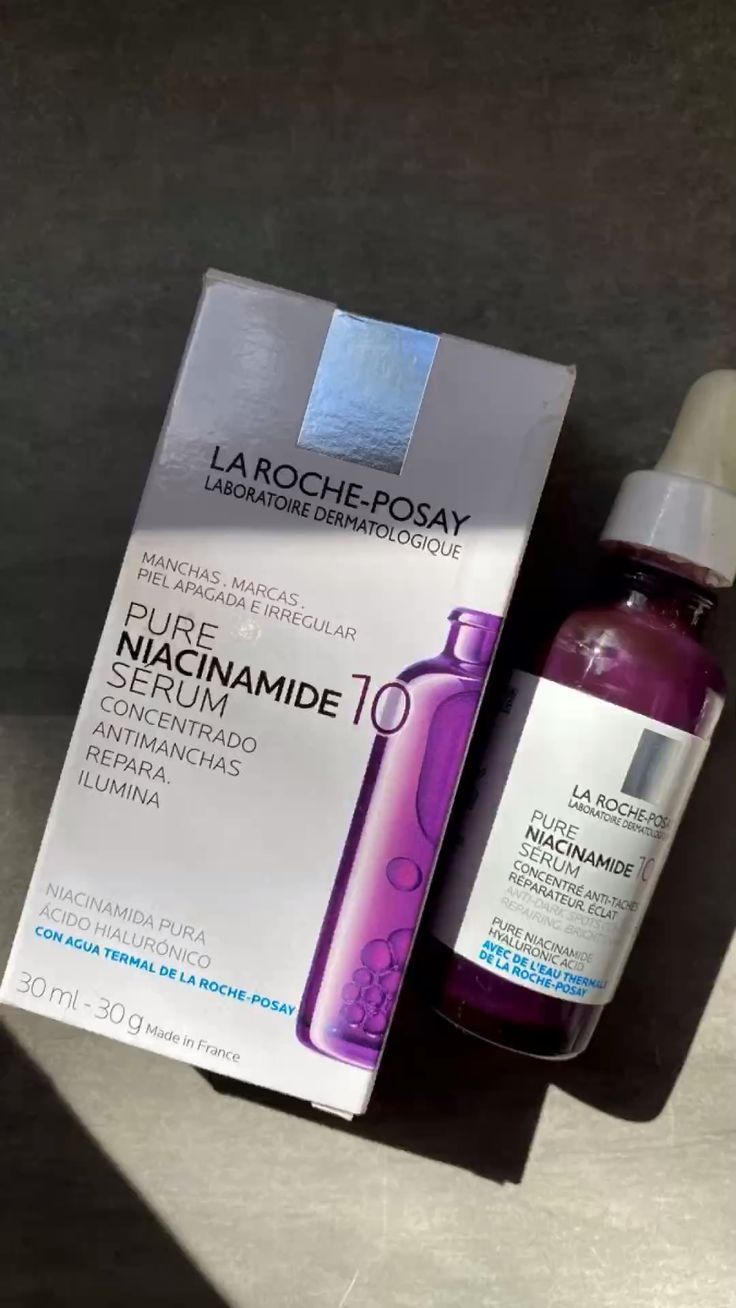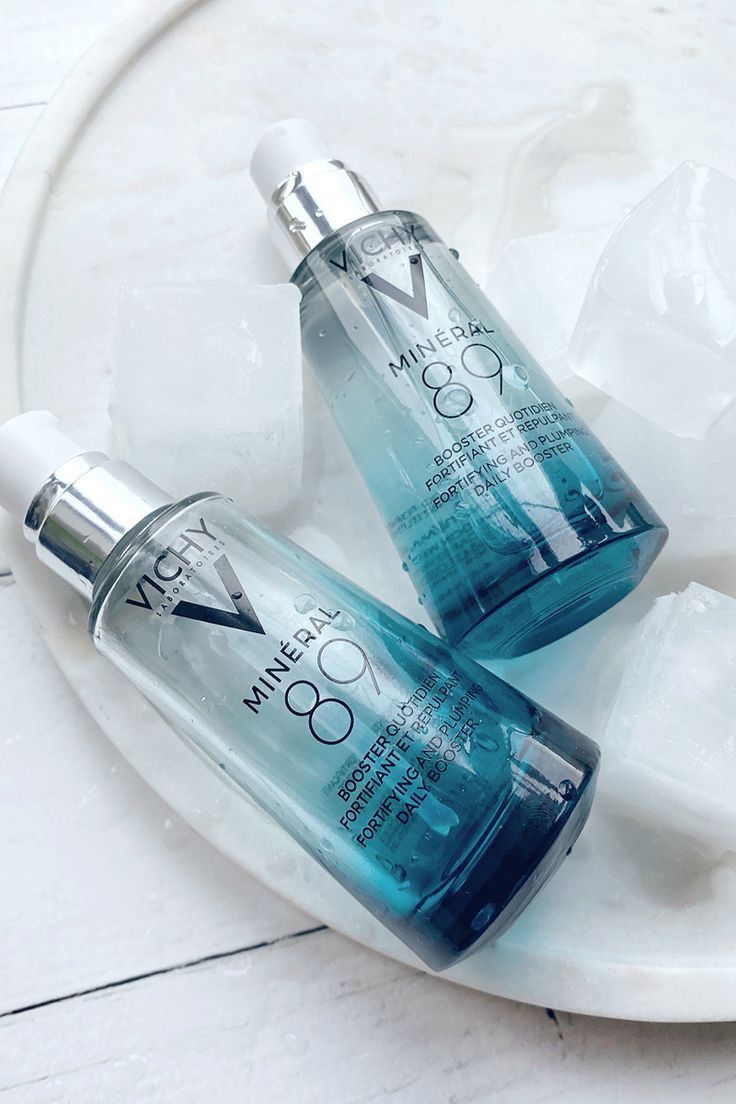The elusive quest for radiant, youthful-looking skin. For many of us, it’s a constant battle to combat the visible signs of aging, acne, and hyperpigmentation. But what if we told you there’s a secret weapon in your skincare arsenal that can help you achieve the glowing complexion you’ve always dreamed of? Enter retinol, the potent derivative of vitamin A that has been touted as the ultimate anti-aging powerhouse.
When used correctly, retinol can help to boost collagen production, unclog pores, and reduce the appearance of fine lines and wrinkles. But with so many products on the market touting retinol as their key ingredient, it’s easy to get overwhelmed and unsure of how to harness its benefits. In this article, we’ll demystify the world of retinol and provide you with a comprehensive guide on how to use this miracle worker to transform your skin from dull to dazzling.

What is Retinol and How Does it Work?
Retinol is a derivative of vitamin A, a powerful antioxidant that has been a staple in the skincare world for decades. It’s a natural, yet potent ingredient that plays a crucial role in promoting healthy, youthful-looking skin. When applied topically, retinol penetrates the skin’s layers, stimulating collagen production, increasing cell turnover, and enhancing skin elasticity. As a result, retinol helps to reduce the appearance of fine lines and wrinkles, fade age spots and hyperpigmentation, and unclog pores, leaving skin looking smoother, brighter, and more even-toned.
Furthermore, retinol’s ability to increase cell turnover also helps to remove dead skin cells, revealing a brighter, more radiant complexion. Additionally, retinol has been shown to reduce inflammation and improve skin’s natural barrier function, making it an effective ingredient for addressing a range of skin concerns, from acne and rosacea to fine lines and skin discoloration.
Benefits of Using Retinol in Your Skincare Routine
When incorporated into a consistent skincare routine, retinol has been shown to deliver a multitude of benefits for the skin. One of the most significant advantages of using retinol is its ability to stimulate collagen production, which can help to reduce the appearance of fine lines and wrinkles.
As we age, our natural collagen production slows down, leading to a loss of skin elasticity and firmness. By applying retinol to the skin, you can effectively boost collagen production, plumping up the skin and leaving it looking smoother and more radiant.
Additionally, retinol has been proven to unclog pores and reduce the appearance of acne, making it an excellent ingredient for those who struggle with oily or acne-prone skin. Furthermore, retinol has natural exfoliating properties, gently removing dead skin cells and revealing a brighter, more even-toned complexion.
By addressing a range of skin concerns, including fine lines, acne, and hyperpigmentation, retinol can help to create a more youthful and refreshed appearance, making it a valuable addition to any skincare routine.
How to Choose the Right Retinol Product for Your Skin Type
When it comes to choosing the right retinol product for your skin type, it’s essential to consider your unique skin concerns and characteristics. If you have sensitive skin, look for a product labeled as “sensitive skin-friendly” or “hypoallergenic,” which typically contains gentler ingredients and a lower concentration of retinol. For normal to oily skin, a lightweight, oil-free formula with a lower concentration of retinol (around 0.25%) may be suitable.
On the other hand, if you have dry or mature skin, a richer, moisturizing product with a higher concentration of retinol (around 1%) may be more effective. Additionally, consider your skin concerns, such as acne, fine lines, or hyperpigmentation, and choose a product that specifically targets those issues.
For example, if you’re concerned about acne, look for a product containing salicylic acid or tea tree oil, which can help combat breakouts. Finally, pay attention to the product’s pH level, as a pH close to the skin’s natural pH (around 5.5) can help minimize irritation and increase effectiveness.
Step-by-Step Guide on How to Incorporate Retinol into Your Routine
To incorporate retinol into your evening skincare routine, start by identifying your skin type and concerns. If you have sensitive skin, consider starting with a lower concentration of retinol or using a gentle, fragrance-free product. For normal to combination skin, look for a product with a moderate concentration of retinol, and for oily skin, opt for a lightweight, oil-free formula.
Next, choose a product that suits your skin type and concerns, such as a serum, cream, or eye cream. Apply a small amount to your face and neck, avoiding the delicate skin around the eyes and mouth. Massage the product in gently, working it into the skin in a circular motion. Allow the product to absorb fully before moving on to the next step in your routine.
For optimal results, use retinol products at night, as they can make your skin more sensitive to the sun. Follow up with a broad-spectrum sunscreen with at least SPF 30 during the day to prevent premature aging and skin damage. Be patient, as retinol can take a few weeks to show its full effects. Start with a low concentration and gradually increase as your skin becomes more tolerant.
Common Side Effects and How to Mitigate Them
When incorporating retinol into your skincare routine, it’s essential to be aware of the common side effects that may occur. The most frequent complaints include initial skin dryness, irritation, and redness, especially during the first few weeks of use. This is because retinol is a derivative of vitamin A, which can be harsh on the skin, especially for those with sensitive skin types. However, these side effects are usually temporary and can be managed with proper skincare techniques and product combinations.
To mitigate dryness, it’s crucial to moisturize immediately after applying retinol products and to use a gentle, non-comedogenic moisturizer that won’t clog pores. For irritation and redness, try applying a soothing serum or cream containing ingredients like aloe vera, green tea, or chamomile, which have anti-inflammatory properties.
Additionally, consider reducing the frequency of application or using a lower concentration of retinol to give your skin time to adjust. By taking these precautions, you can minimize the risk of side effects and enjoy the numerous benefits that retinol has to offer, such as improved skin texture, reduced fine lines and wrinkles, and enhanced skin tone.
Tips for Maximizing the Benefits of Retinol
When incorporating retinol into your skincare routine, it’s essential to understand how to maximize its benefits. To start, it’s crucial to choose the right concentration of retinol for your skin type. For sensitive skin, a lower concentration of around 0.25% is recommended, while those with normal to oily skin can opt for a higher concentration of up to 1%.
Start with a lower concentration and gradually increase as your skin becomes more tolerant. It’s also vital to use retinol at the right time of day – typically, it’s best to apply it at night, as it can make your skin more sensitive to the sun. To further enhance its effectiveness, always moisturize after applying retinol, as it can be drying to the skin.
Look for a moisturizer that contains ingredients like hyaluronic acid, ceramides, or niacinamide, which can help to counteract any dryness or irritation. Exfoliating before applying retinol can also help to increase its penetration and effectiveness. Use a gentle exfoliant containing alpha-hydroxy acids (AHAs) or beta-hydroxy acids (BHAs) one to three times a week to remove dead skin cells and unclog pores.
Frequently Asked Questions About Retinol
Retinol is a popular ingredient in skincare products, but it can be intimidating to use, especially for those new to it. As a result, many people have questions about how to use retinol effectively. One of the most common questions is about the frequency of application.
Should you use retinol every day, or is it better to start with a few times a week and gradually increase the frequency over time? The answer is that it depends on your skin type and concerns. If you have sensitive skin, it’s recommended to start with a lower frequency, such as every other day or every two to three days, and gradually increase as your skin becomes more tolerant. For more resilient skin, you can start with a higher frequency, such as every day or every other day.
Another common question is about the best time of day to apply retinol. The general consensus is that it’s best to apply retinol at night, as it can make your skin more sensitive to the sun. However, if you do choose to apply it during the day, be sure to use a broad-spectrum sunscreen with at least SPF 30 to protect your skin.





